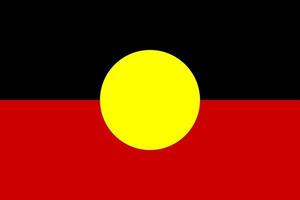Oncoplastic Breast Surgery
What is Oncoplastic Breast Surgery?
Oncoplastic breast surgery is a specialized field within breast surgery dedicated to achieving an aesthetically pleasing result following the safe removal of cancer. This approach empowers surgeons to handle larger cancerous tumours without resorting to a complete breast removal, known as a mastectomy. In cases where a mastectomy is inevitable, surgeons with advanced oncoplastic training can provide immediate reconstruction, sparing patients from the need for a subsequent surgery or the long-term discomfort of using a spacer to stretch the skin before reconstruction.
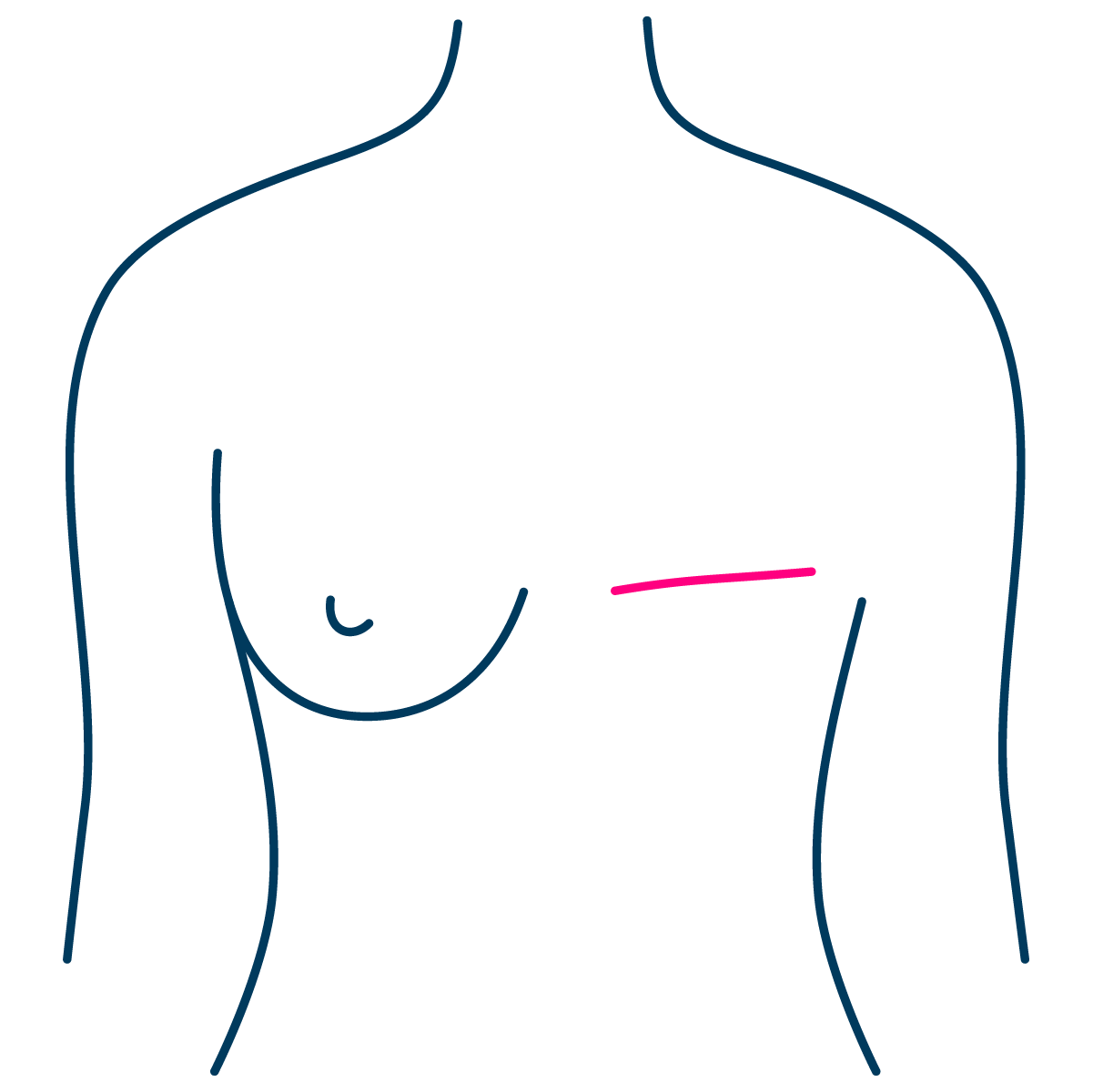
Traditional Breast Surgery
Traditional breast surgery primarily focuses on cancer removal with little consideration for cosmetic outcomes. When faced with a sizable cancer and the prospect of a disfiguring post-surgery defect, patients are often advised to undergo a mastectomy.
Oncoplastic Technique
The evolving landscape of breast surgery recognizes the importance of not only ensuring safe cancer removal but also preserving the natural contour of the breast to minimize the necessity for mastectomies. Oncoplastic surgery integrates principles from oncology and reconstructive surgery, employing a variety of aesthetic-enhancing techniques to address tissue defects and optimize cosmesis resulting from breast cancer surgery.
Furthermore, oncoplastic surgery offers an opportunity to address pre-existing cosmetic concerns of patients, such as reducing large breasts or lifting sagging ones. The overarching treatment objectives are to achieve optimal cancer control while simultaneously maintaining or enhancing the breast's appearance.
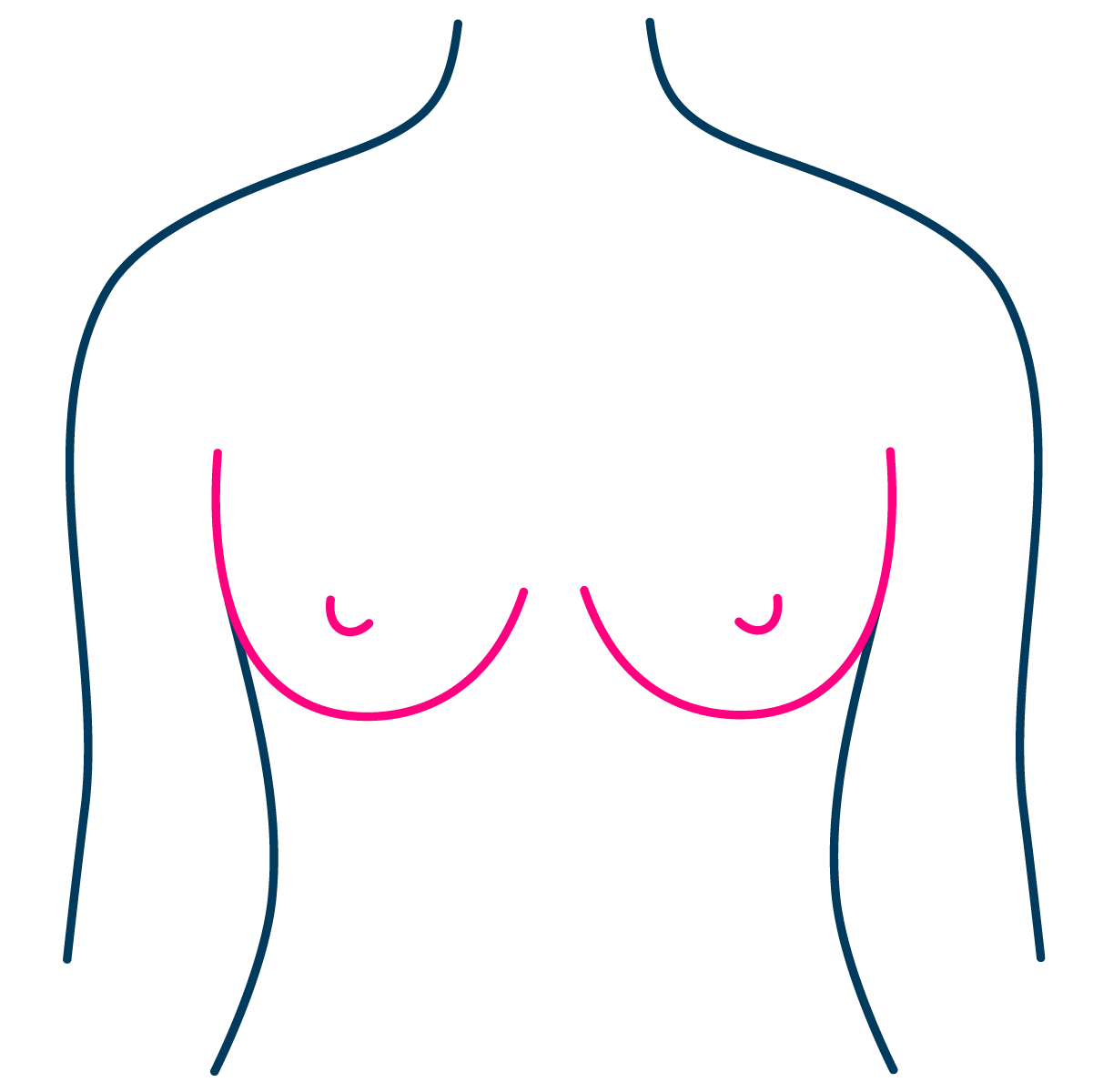
A surgeon proficient in oncoplastic breast surgery can often accomplish both goals in a single operation, reducing hospital visits and mitigating the negative psychological impact of unsatisfactory cosmetic outcomes.
Oncoplastic breast surgery proves beneficial for all patients, including those opting for mastectomy without reconstruction, colloquially known as "going flat." The application of advanced techniques becomes essential to properly position scars and alleviate the potential discomfort caused by poorly executed procedures, including the occurrence of excess skin folds known as "dog ears."
The practice of oncoplastic breast surgery is delineated into four levels, each representing a varying degree of complexity. Consulting with a surgeon capable of offering all four levels ensures that patients are presented with a comprehensive array of options, often resulting in superior outcomes.
What is the difference between normal breast surgery and oncoplastic breast surgery?

In traditional breast surgeries, the focus is on removing breast cancer, followed by the closure of the overlying skin without addressing the space left behind. This can lead to a sunken appearance and contour defects. The situation may worsen after radiotherapy, causing dense scarring as the body attempts to fill the gap. These scars can be painful and negatively impact the breast's appearance.
In contrast, oncoplastic breast surgery employs various techniques to fill the gap and achieve a superior cosmetic outcome. Surgeons with advanced oncoplastic skills can, in many cases, save patients from mastectomy by reconstructing the breast without severe defects.
Oncoplastic surgery techniques are categorized into different skill levels, with basic techniques being within the reach of most breast surgeons. However, more complex techniques demand extensive additional training and experience. Opting for a surgeon with the highest level of training is preferable, as it provides patients with a broader range of options.
Broadly speaking, oncoplastic surgery has four difficulty levels:
Level 1 - Involves the simple mobilization of surrounding breast tissue to close the defect. This is suitable for small cancers in relation to breast size and is increasingly becoming a standard practice among modern breast surgeons.
Level 2 - Requires the rearrangement of breast tissue, skin, and/or nipple, with various patterns available to tackle different cancer locations. Choosing the best technique demands experience and training, considering factors such as cancer size, location, breast tissue density, and skin quality.
Level 3 - Involves advanced breast reduction and lift techniques, allowing simultaneous cancer removal, breast lift, and potential size reduction. Surgeons need extended training to offer this surgery, and symmetry can be achieved by operating on the opposite breast as well.
Level 4 - The newest and most advanced level, requiring extensive training. Involves a perforator flap reconstruction for patients with smaller breasts, utilizing excess skin and fat from under the arm and upper abdomen to reconstruct the breast without needing a mastectomy.
When selecting the type of surgery, patient preferences for the final breast outlook should be considered. As oncoplastic breast surgery is a range of cosmetically sparing techniques, only surgeons with dedicated training, often through overseas fellowships, can handle the most challenging techniques. Patients should inquire about the level of oncoplastic surgery a surgeon can offer to ensure they receive the best advice and care.
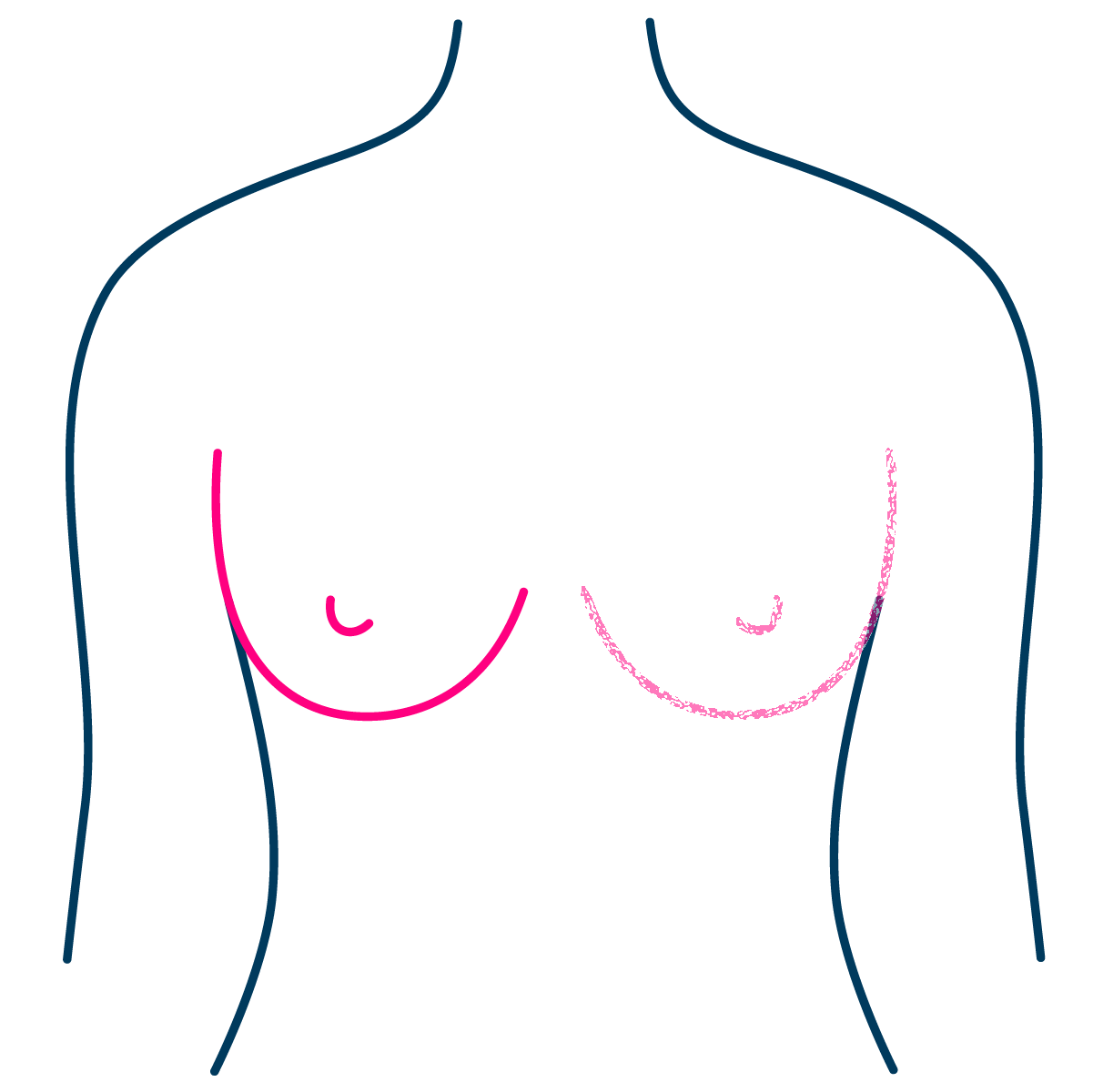
Immediate breast reconstruction techniques when a mastectomy is necessary.
Breast surgeons equipped with advanced oncoplastic surgery training possess the expertise to seamlessly integrate immediate breast reconstruction into a single surgical procedure. The previously mentioned perforator flap reconstruction can be applied for breast reconstruction in suitable candidates. Alternatively, an immediate permanent breast implant may be utilized, preserving the patient's own skin and nipple. This eliminates the need for a breast tissue expander, a labour-intensive and uncomfortable method for skin stretching.
In certain scenarios, the involvement of a plastic surgeon may become necessary to execute "free flap" reconstruction. The performance of mastectomy before free flap reconstruction demands specialized training to optimize the final cosmetic outcome.
Links to Additional Information
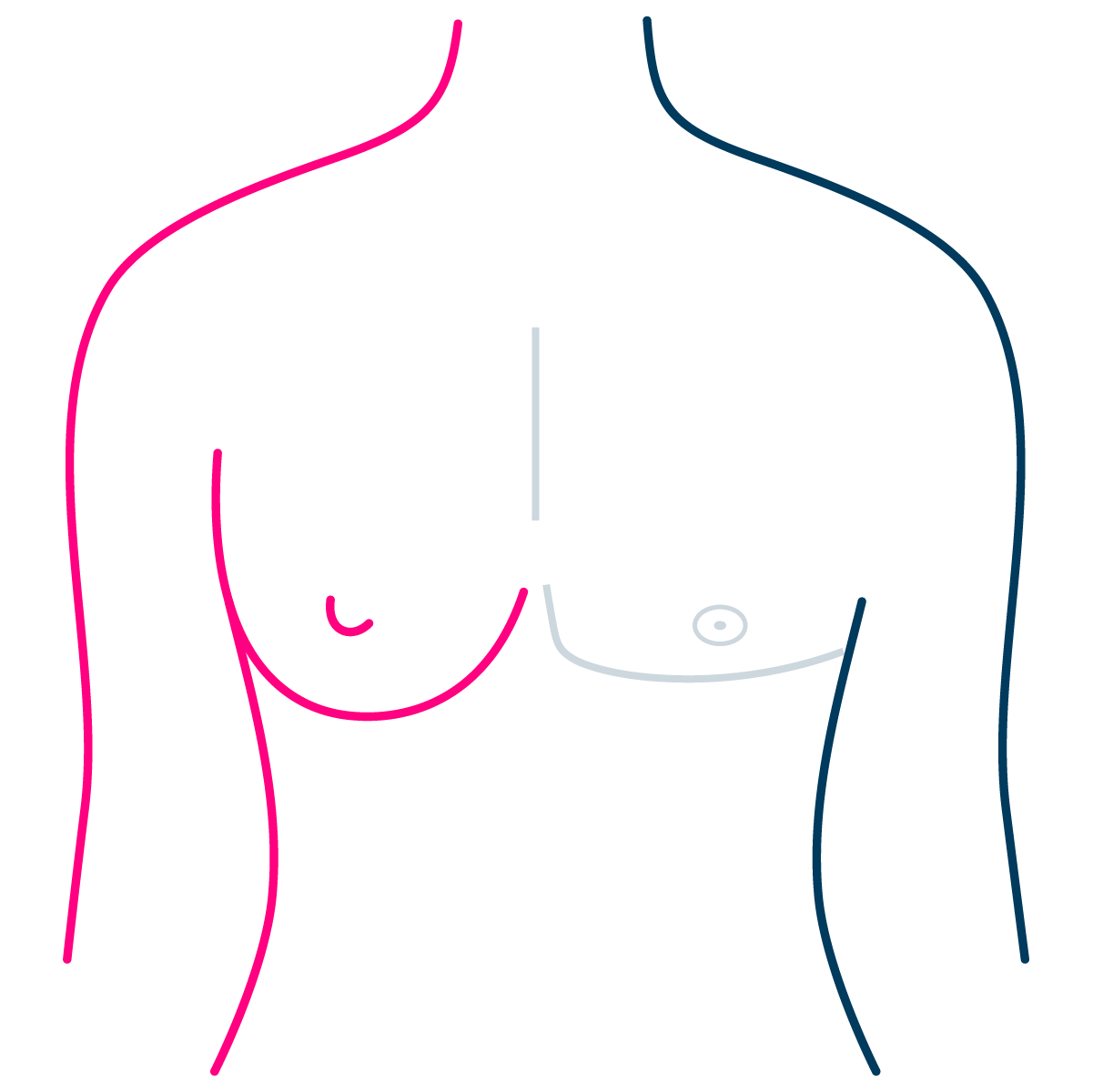
Appointment booking is provided in English.
Consultations are provided in English and Mandarin Chinese.
